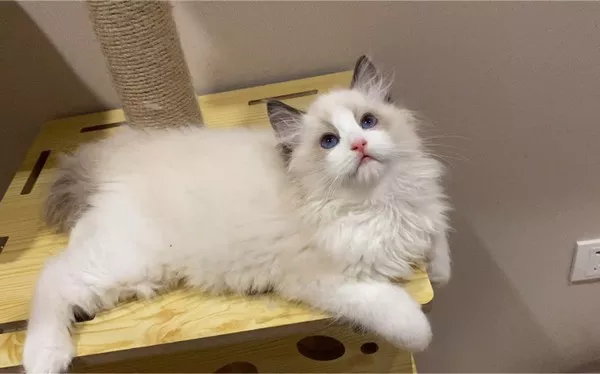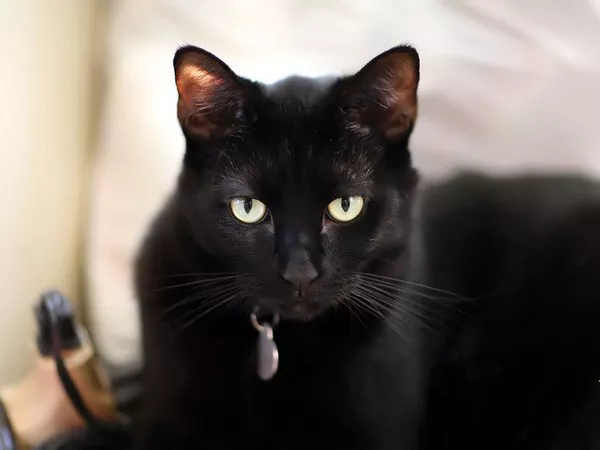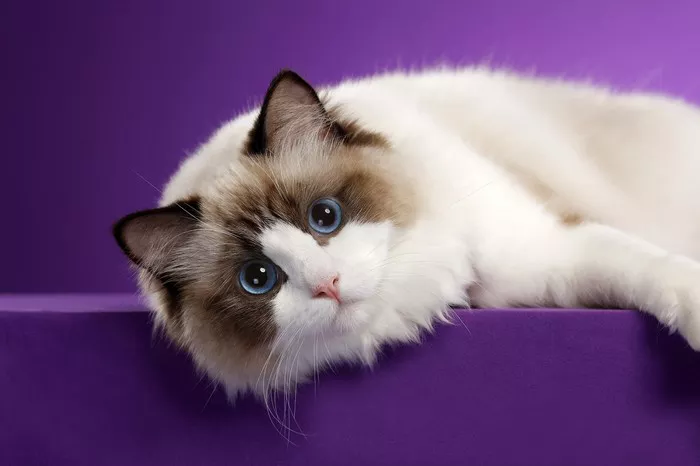Long-haired cats, with their luxurious coats, require special attention to grooming and hygiene. While cats are known for their self-cleaning abilities, there are instances when a bath becomes necessary, especially for long-haired breeds. Giving a long-haired cat a bath may seem like a daunting task, but with the right approach and preparation, it can be a stress-free experience for both you and your feline companion. In this comprehensive guide, we’ll walk you through the steps, tips, and best practices to ensure a successful and comfortable bathing experience for your long-haired cat.
Understanding the Need for Baths
Long-haired cats, such as Persians, Maine Coons, and Ragdolls, have beautiful, dense fur that requires regular grooming to prevent matting and tangling. While these cats are generally adept at self-grooming, there are instances where they may benefit from a bath, such as:
Mat Prevention: Long-haired cats are prone to developing mats, especially in areas that are challenging for them to reach during self-grooming. Regular baths can help prevent the formation of mats and keep the coat in optimal condition.
Health Concerns: Cats with long hair may be more susceptible to certain health issues if their coats become dirty or matted. Bathing can help maintain overall hygiene and reduce the risk of skin infections or parasites.
Allergen Reduction: Bathing can help reduce the amount of loose hair and dander that contributes to allergies, benefiting both the cat and individuals with sensitivities.
Preparing for the Bath
Gather the Necessary Supplies:
Before starting the bathing process, ensure you have all the necessary supplies within reach. This includes:
Cat-Friendly Shampoo: Choose a cat-specific, hypoallergenic shampoo to avoid skin irritation. Avoid using human shampoos, as they can be too harsh for a cat’s sensitive skin.
Towels: Have several soft towels on hand for drying your cat after the bath. Consider warming them in a dryer for extra comfort.
Rubber Mat or Towel: Place a non-slip surface, such as a rubber mat or towel, at the bottom of the sink or tub to prevent your cat from slipping.
Brush or Comb: Gently brush or comb your cat’s fur before the bath to remove any loose hair, mats, or tangles.
Treats or Rewards: Have some treats or a favorite toy ready to reward your cat for good behavior during and after the bath.
Cat-Friendly Brush: Use a brush suitable for your cat’s coat type to continue grooming after the bath.
Choose the Right Time:
Select a time for the bath when your cat is calm and relaxed. Avoid trying to bathe your cat immediately after a meal or when they are in a playful or energetic mood.
Trim Claws:
If your cat has sharp claws, consider trimming them before the bath to prevent accidental scratches. Use cat nail clippers and be cautious not to cut too close to the quick.
Create a Calm Environment:
Prepare a quiet, warm, and draft-free space for the bath. Close the bathroom door to minimize distractions and create a serene atmosphere.
Step-by-Step Bathing Process
Step 1: Brushing
Before introducing water, brush your cat’s coat thoroughly to remove any loose hair, mats, or tangles. This not only helps in preventing further matting but also makes the bathing process more comfortable for your cat.
Step 2: Introduce Your Cat to Water Gradually
Most cats are not fond of water, so it’s crucial to introduce them to it gradually. Fill the sink or tub with a few inches of lukewarm water. Gently place your cat in the water, allowing them to get accustomed to the sensation. Use a calm and reassuring tone to soothe your cat.
Step 3: Wetting the Coat
Using a handheld sprayer or a cup, wet your cat’s coat with lukewarm water. Begin with the back and neck, avoiding the head and face for now. Ensure that the water is not too cold or too hot, as extreme temperatures can stress your cat.
Step 4: Applying Shampoo
Apply a small amount of cat-specific shampoo to your hands and gently massage it into your cat’s fur. Start from the neck and work your way down the body. Be cautious around sensitive areas such as the face, ears, and belly. Use a tearless shampoo for the head and face if needed.
Step 5: Rinsing Thoroughly
Rinse your cat thoroughly with lukewarm water, ensuring all traces of shampoo are removed. Take extra care around the ears and under the belly to avoid leaving any residue.
Step 6: Towel Drying
Gently lift your cat out of the water and place them on a towel. Use a second towel to pat them dry, avoiding vigorous rubbing. Ensure that the room is warm to prevent your cat from getting chilled.
Step 7: Post-Bath Grooming
Once your cat is mostly dry, use a cat-friendly brush to continue grooming. This helps prevent new mats from forming and ensures their coat remains smooth and tangle-free.
Step 8: Rewards and Affection
Reward your cat with treats, praise, or playtime after the bath to create positive associations with the experience. This reinforces good behavior and helps alleviate any stress your cat may have experienced during the bath.
Tips for Success
Positive Reinforcement: Offer treats and praise throughout the process to create positive associations with bathing.
Short Sessions: Keep the bath sessions short initially, gradually extending the time as your cat becomes more comfortable.
Regular Baths: Schedule baths regularly to prevent mats and maintain overall coat health. The frequency may vary based on your cat’s breed and individual needs.
Professional Grooming: If bathing your long-haired cat proves challenging, consider seeking professional grooming services to ensure their coat remains in top condition.
Patience is Key: Remain patient and calm throughout the process. If your cat becomes overly stressed, it’s okay to pause and try again later.
See Also: Top 7 Picks for Cat Shampoos
Conclusion
Giving a long-haired cat a bath may require some patience and preparation, but it is a manageable task with the right approach. Regular baths, when needed, contribute to the overall well-being of your cat by preventing mats, reducing allergens, and maintaining optimal coat health. By following the step-by-step guide and incorporating positive reinforcement, you can turn bath time into a positive and stress-free experience for both you and your long-haired feline friend.


























